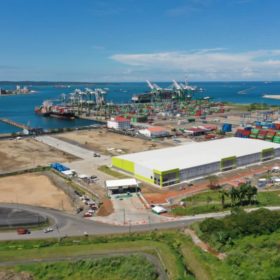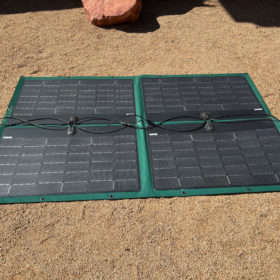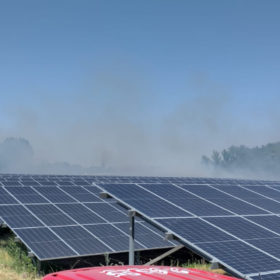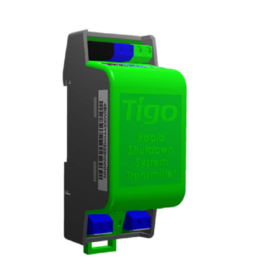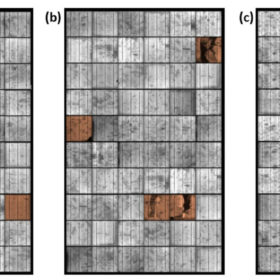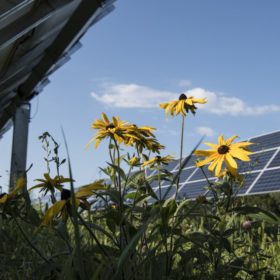World’s largest underground hydrogen storage project
Mitsubishi Power Americas and Magnum Development are set to begin construction on a 300 GWh underground storage facility in Utah. It will consist of two caverns with capacities of 150 GWh, to store hydrogen generated by an adjacent 840 MW hydrogen-capable gas turbine combined cycle power plant.
Only one PV project to compete in Quebec’s 780 MW renewables tender
The 40 MW solar park is under development by Saint-Augustin Canada Electric Inc and planned to be located in Bas Saint Laurent, with completion scheduled for October 2026. Wind and hydropower were the prevailing sources in the procurement exercise.
Universal Solar to open 600 MW solar module factory in Panama
The US module provider said the panels produced at the facility will be 100% compliant with the US Commerce Department’s Withhold and Release Order on Hoshine silicon.
Vehicle-integrated photovoltaics for low-speed electric vehicles
Canadian startup Capsolar claims its flexible solar modules can be adapted to any type of low-speed electric vehicle with no extra modification and custom work. The panels have an efficiency of 21.3% and rely on 24%-efficient solar cells provided by US manufacturer SunPower.
Portable flexible PV systems for off-grid, residential applications
US startup New Use Energy Solutions has launched a new line of portable PV systems built with a module technology relying on Sunpower’s solar cells. The modules are assembled in the system via a custom vinyl tarp.
Heat wave sparks fire at solar park in the Netherlands
The fire affected an area of around 5,000 square meters but did not damage the solar panels. The local fire brigade was able to control the fire in around two hours.
Tigo unveils rapid shutdown tech for large PV installations
Tigo’s latest product has been certified by Underwriters Laboratories, a US-based testing organization. The company says the new tech can significantly reduce balance of system and labor costs.
Sodium-ion batteries for EVs, renewables storage
US scientists have developed a new electrolyte design for sodium-ion batteries to improve their long cycling performance. The low-solvation electrolyte was designed for high-voltage sodium-ion batteries, which retained 90% of their capacity after 300 cycles.
Small cracks have negligible effect on solar cell performance
Researchers have found that crack percentages of up to 11% have a very limited impact on solar cell performance. They also ascertained that hotspots are likely to arise when the crack percentage is in the range of 11 to 34%.
Novel method to turn existing solar parks into agrivoltaic facilities
An international research team has developed a new methodology to increase levels of pollination at ground-mounted solar plants. It involves the development of new vegetated land cover below and around solar parks.



